The town of Levoča is located in eastern Slovakia. Although I live in a neighboring town, I have never gone to Levoča with the intention of taking pictures of her until now.
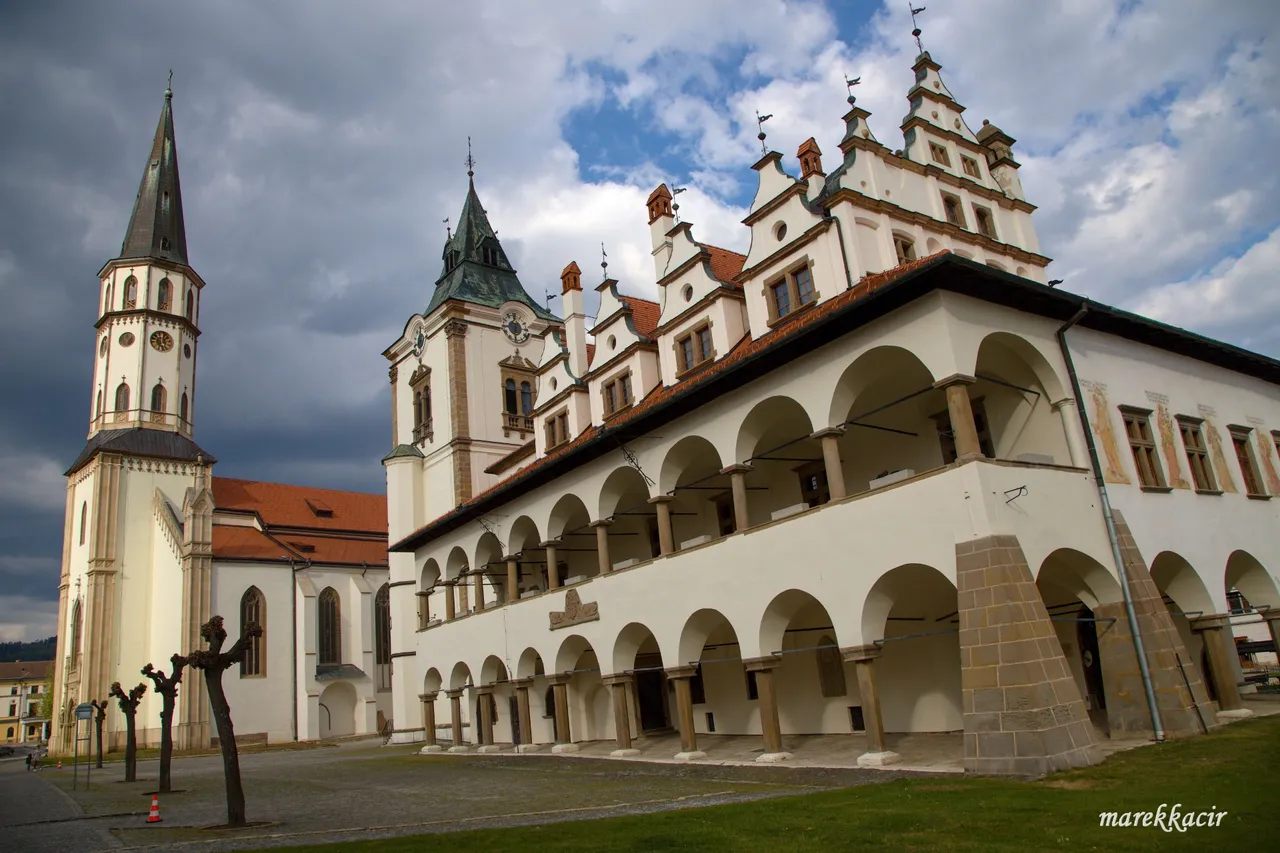
Levoča is an ancient historical city registered in UNESCO.

The fact that it is a historic city is obvious at first glance. The historic center is surrounded by massive walls. I enter the city through the main entrance gate.


On the left is the Minorite Monastery. Here I take the first pictures, but my steps lead further to the city center, to the square of Master Paul of Levoča.
 Minorite Monastery
Minorite Monastery
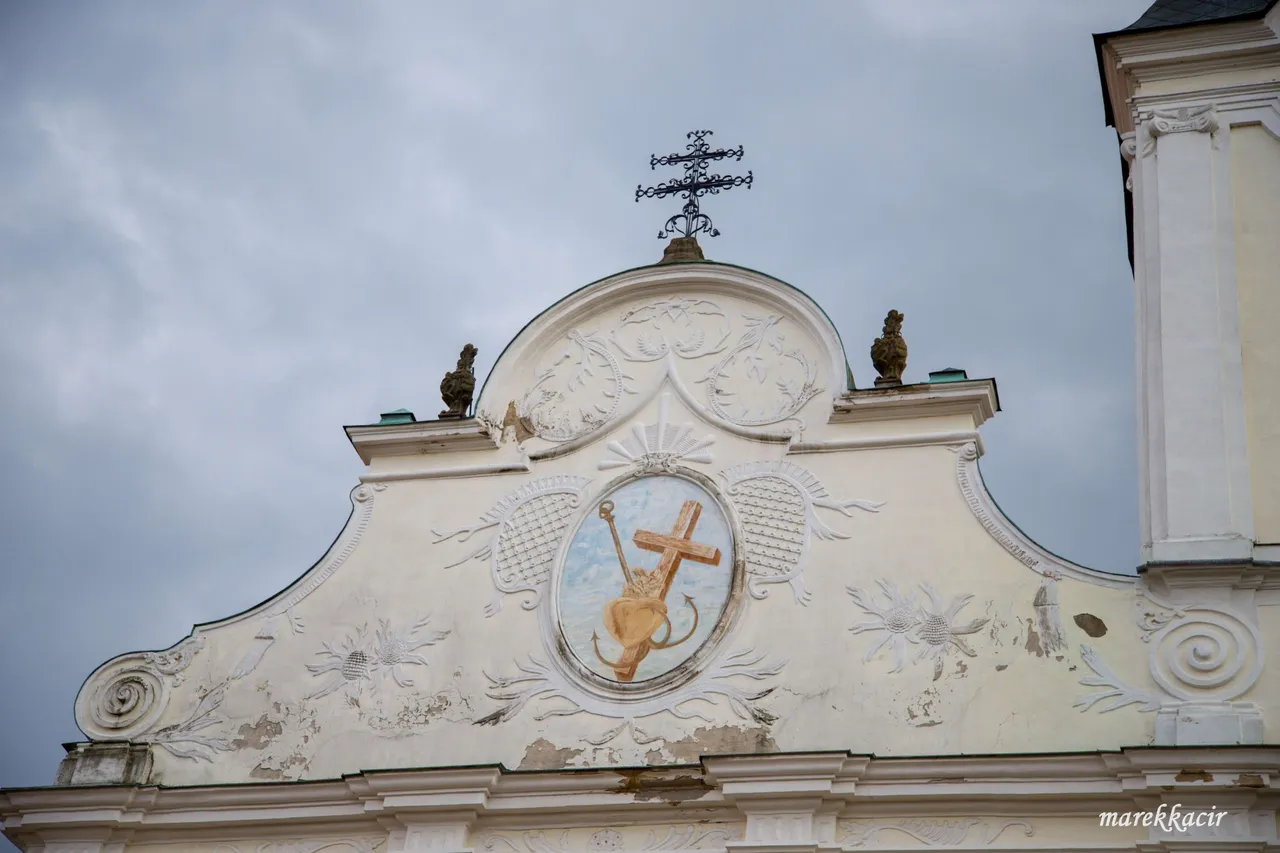 Minorite Monastery
Minorite Monastery
This skilful carver, who lived at the turn of the 15th and 16th centuries, created the tallest wooden Gothic altar in the world. It is located right here, in the Basilica of St. James in Levoča.
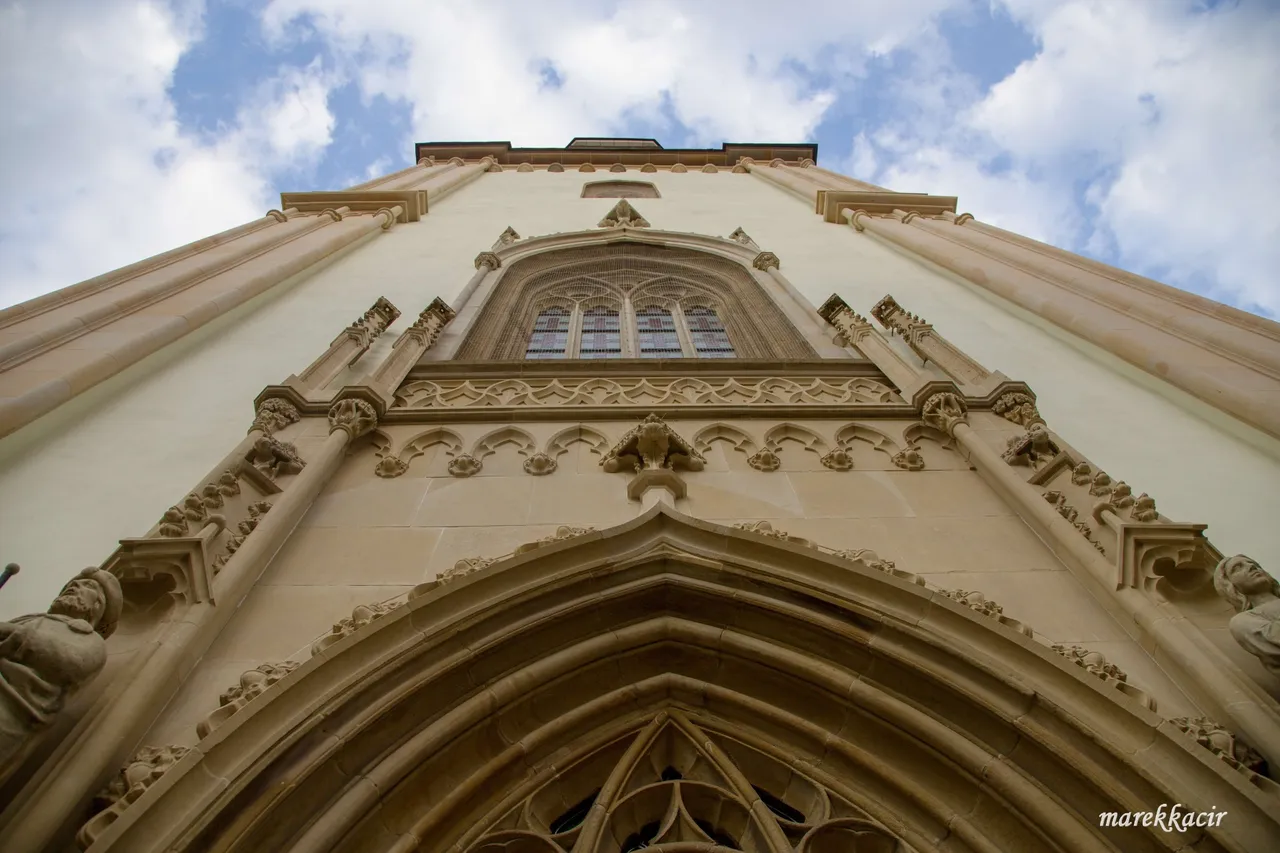 Basilica of St. James
Basilica of St. James
Master Pavol worked in Spiš and his works adorn the local churches.
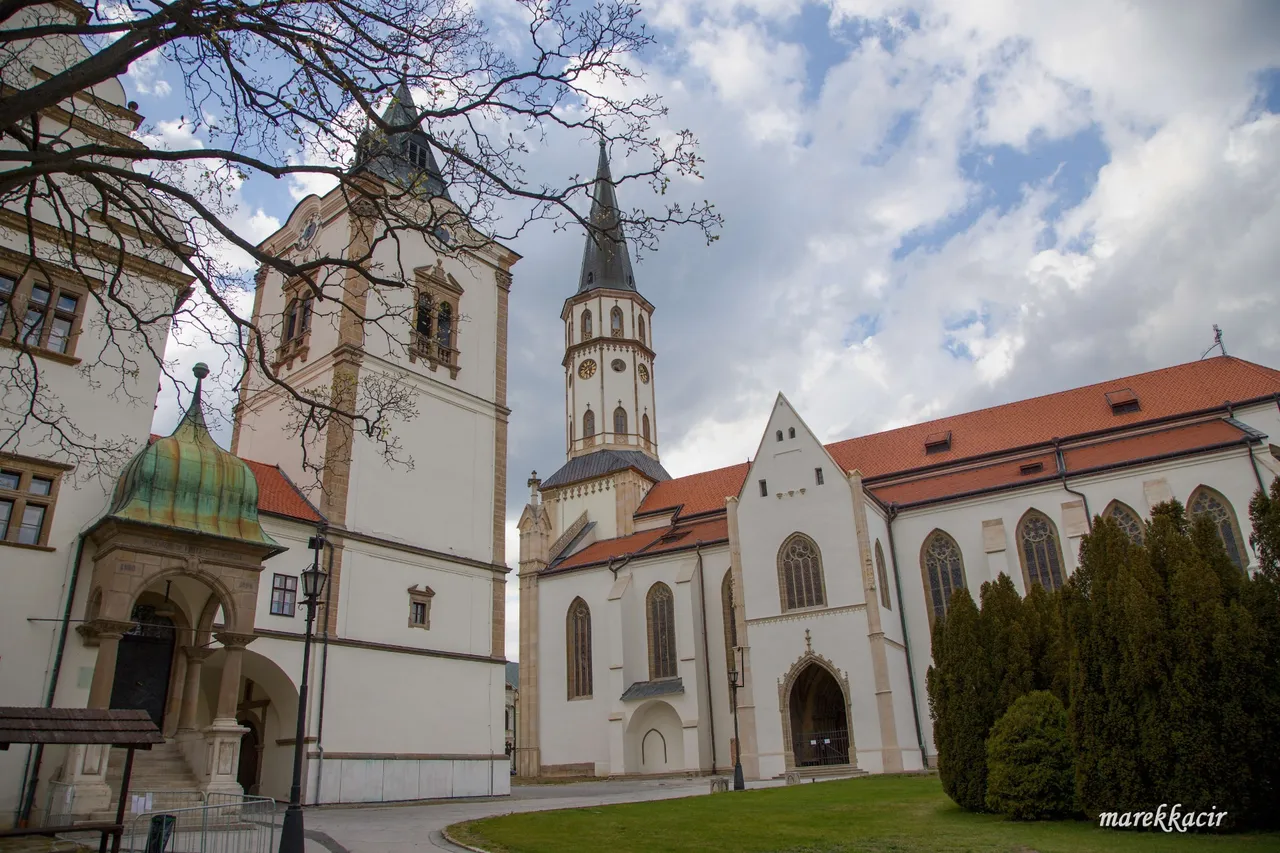 Basilica of St. James
Basilica of St. James
Basilica of St. James is one of the largest temples in Slovakia. The church is dedicated to St. James, the Apostle, protector of warriors, pilgrims and workers. The Apostle James was worshiped throughout medieval Europe.
 Basilica of St. James
Basilica of St. James
In addition to the Gothic altar, the basilica also houses works by the goldsmith Ján Szilassy. Monstrances, chalices and other religious objects adorn the interior of this church and, like the works of Master Paul of Levoča, are declared a national cultural monument.
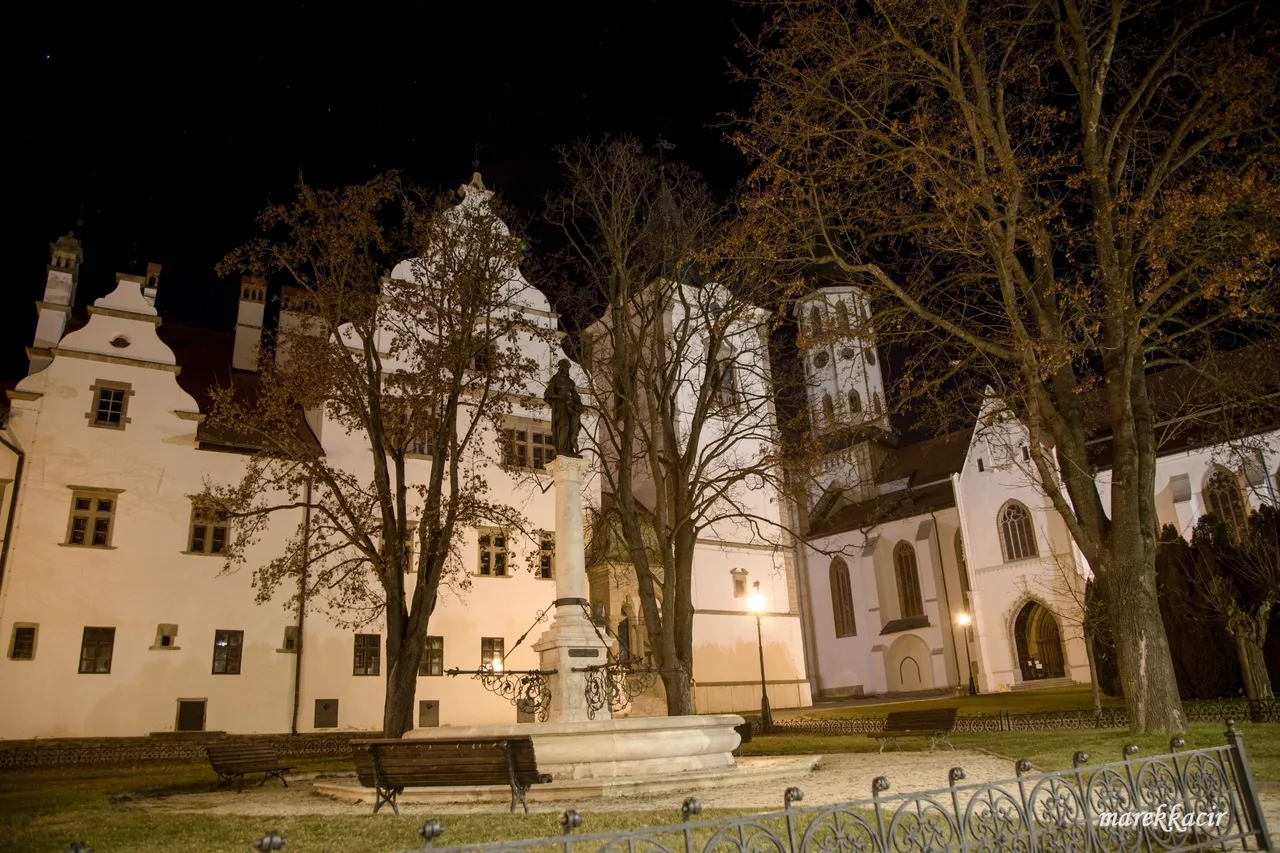
I didn't get inside because of the corona virus. Perhaps I will be able to see these objects with my own eyes next time.
Levoča was created by merging two settlements, which were destroyed by the Mongols during their invasion of Slovakia in 1241. The oldest written mention comes from 1249, where Levoča is mentioned under the name Leucha. In 1271 it became the capital of the Spiš Saxons, but since 1317 it has been mentioned only as a royal town.
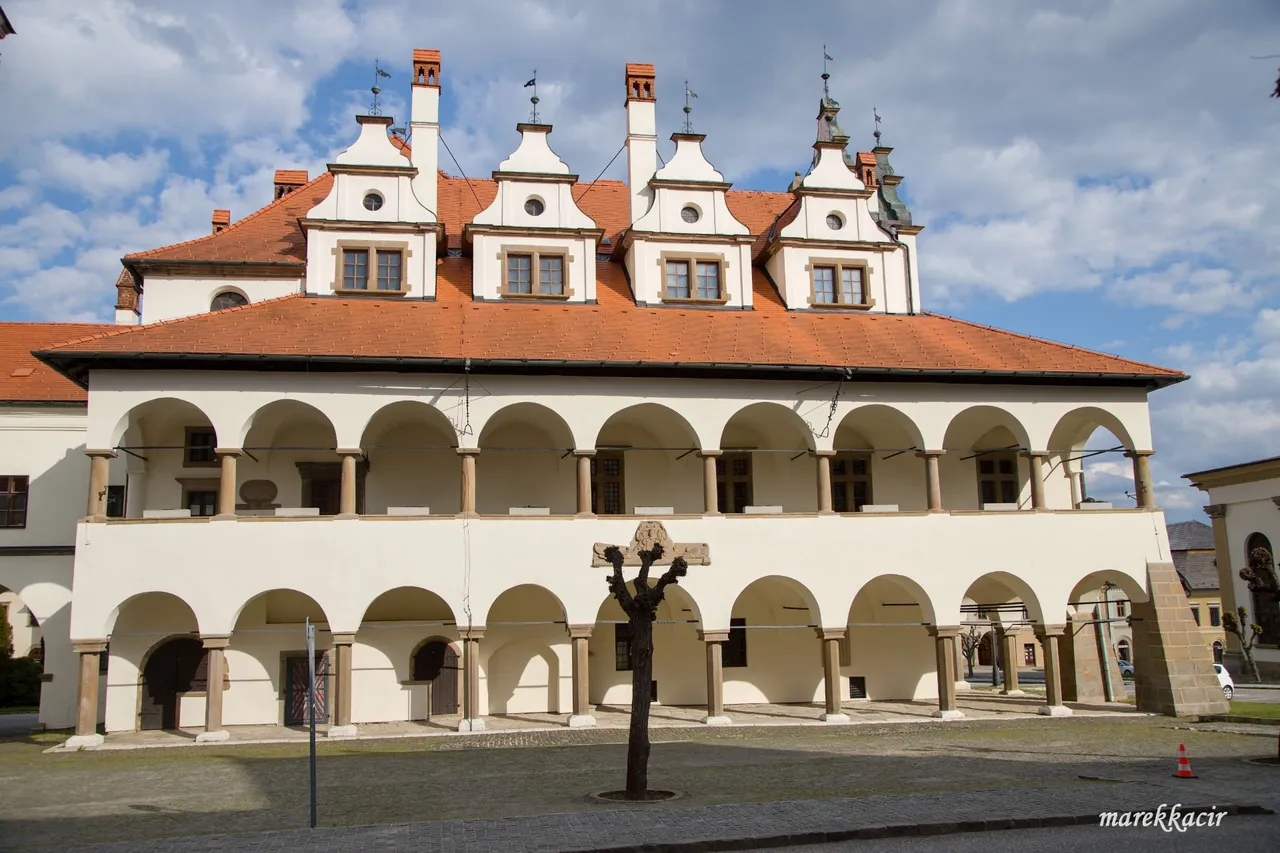 Town hall
Town hall
Its development was greatly aided by the privilege of the warehouse right granted to the city by King Charles I Robert. It obliged foreign traders to stay in the city for 15 days and offer their rover for sale. Later, this privilege was extended to domestic traders.

The development of the city was marked by several fires. Nevertheless, Levoča was the largest and most important economic center in Spiš.

An important monument of the city is the cage of shame. It is located near the town hall and was used to punish people who committed minor offenses. For example, slander, drunkenness, or adultery. In addition to the public humiliation of the convict, the cage also had an educational character and was a warning to others.

For example, women who appeared in the streets of the city unaccompanied after the lamps were closed were often closed in the cage.
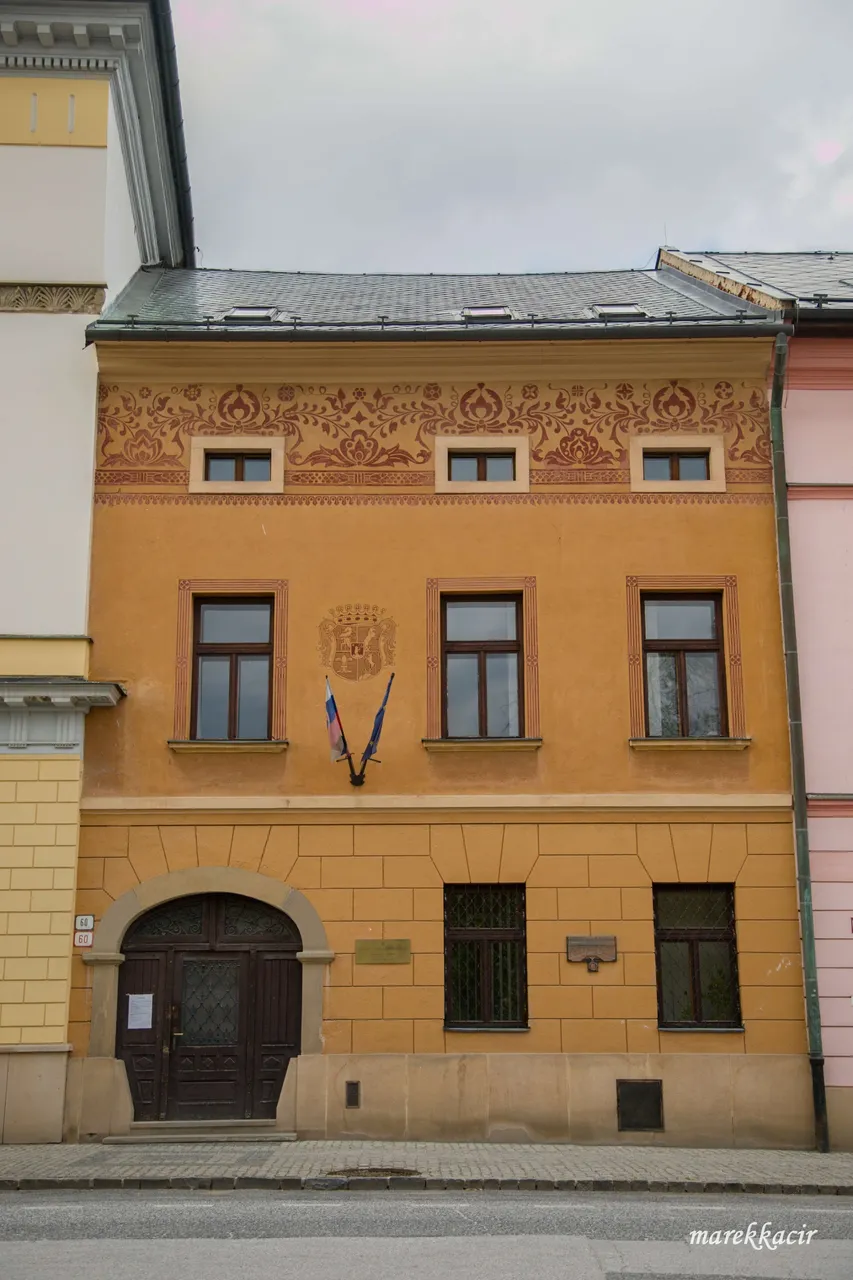
I walked over and took a picture of the whole square and stopped at the statue of Ľudovít Štúr. This national awakener and author of the standard Slovak language studied at the lyceum in Levoča after leaving Bratislava with other students.


Levoča is an extremely important town for the history of Slovakia. History breathes here could be said at every step and I can only recommend a visit to this city.
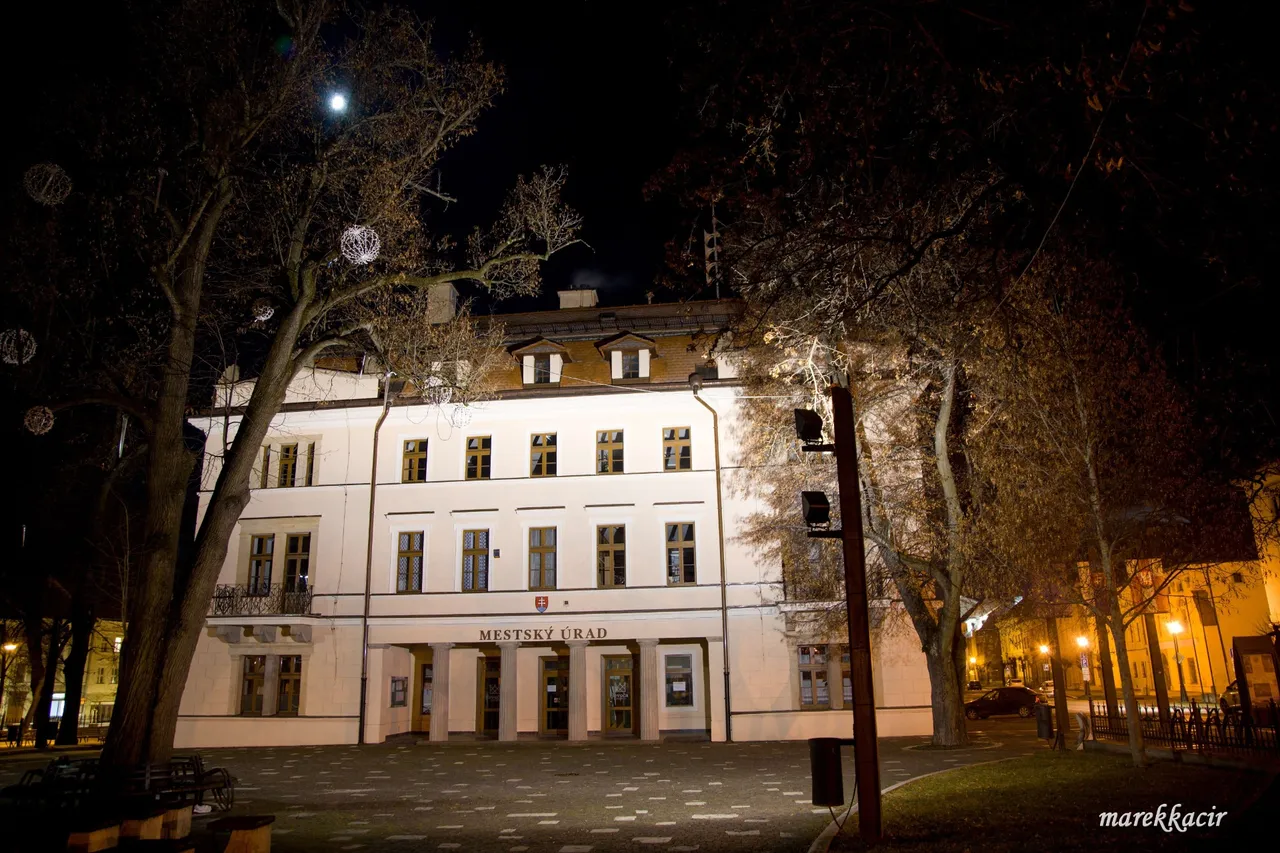
Well thank you
